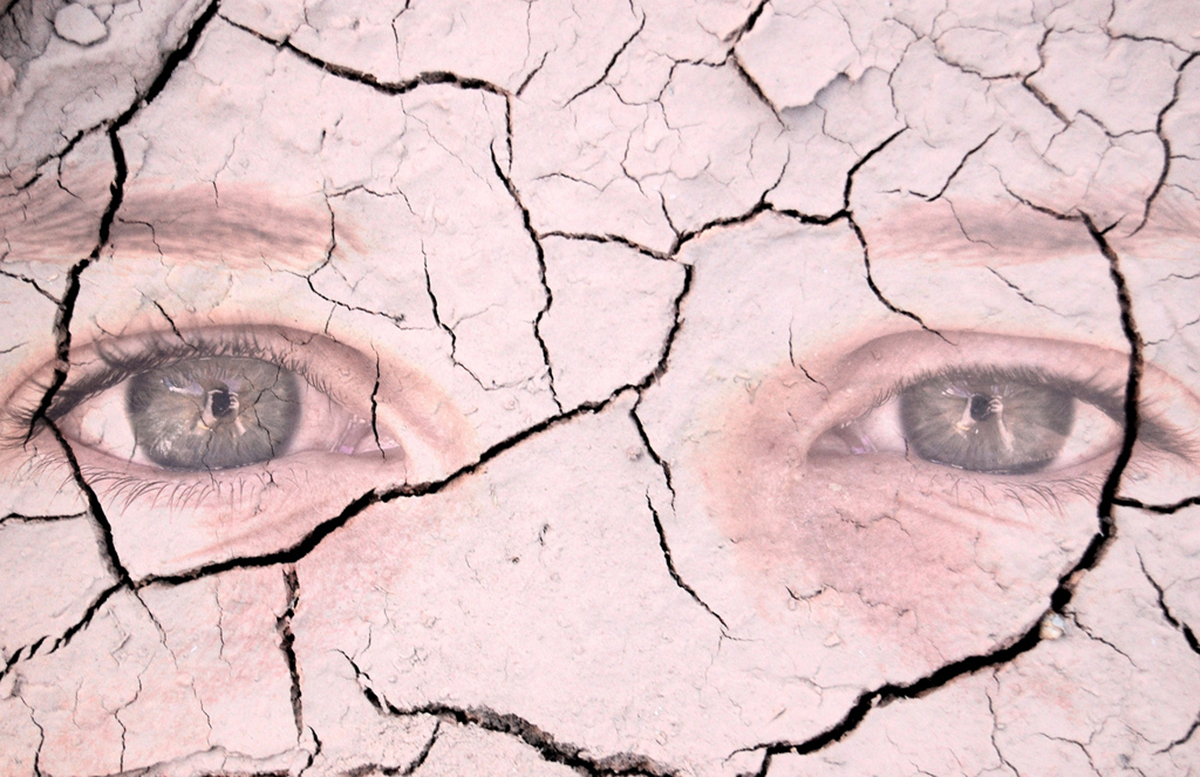Table of Contents
Also known as Harlequin Baby, Harlequin ichthyosis is the most severe of all forms of ichthyosis. It is also the rarest, with around five babies born with the disease each year in the UK. However, there is also an extremely high fatality rate with these babies, so numbers of people with the disease are very small around the world.

Symptoms Of Harlequin Ichthyosis
- Thick plates of skin that resemble armor
- Scaly, dry skin
- Swelling of the skin and eyes
- Poor development of ears
- Delay in physical development
- Sparse hair on the head and the body
- Tightness of the skin
- Lips and eyelids turned inside out
- Difficulties with eating and breathing
- Small feet and hands
- Body temperature disorders
- Dehydration
Treatment At Birth
Harlequin babies require constant nursing care, to assist with feeding and to manage the skin. The skin must be moisturized and softened, and is more effective after a bath when the skin is still moist from the water. The softer the skin is, the less cracking will occur, reducing the pain experienced by the infant. In some cases, medication may need to be given to further manage the symptoms.
Babies with Harlequin ichthyosis are almost always delivered early, as preterm infants. This further enhances the difficulties in keeping the baby alive. Premature babies can have a host of serious problems, particularly affecting the heart, the kidneys and the brain.
Life Expectancy
In earlier times, the life expectancy of a baby born with Harlequin ichthyosis was generally given as just a few days. More often than not, this was due to the severe dehydration the babies were often plagued with or the result of a superimposed infection from the cracking and peeling of the skin. When large amounts of skin come off, the body struggles to regulate the temperature, which can cause the baby to go into shock. Also, with the thick plates of skin covering most of the body surface, the baby can overheat as the skin can’t breathe.
More recently there have been a number of advances in the treatment of Harlequin ichthyosis. Unfortunately there is no known cure, but ongoing treatments and management can help to prolong the life of a Harlequin sufferer. The most notable change to the treatment regime is the addition of drugs such as retinoids.
READ Survey: Most People Unable To Recognize Skin Cancer (Could YOU Have Melanoma And Not Know It?)
As of 2014, the oldest living person with Harlequin ichthyosis resided in the UK, and had reached the age of 30. There has also been a case of a woman in the US with Harlequin giving birth to a baby born without the condition. It just goes to show, that with the advances in treatment and research now means that Harlequin ichthyosis does not have to be a death sentence.
- Photo courtesy of quinn.anya via Flickr: www.flickr.com/photos/quinnanya/2535536849
- Photo courtesy of rcadby14 via Flickr: www.flickr.com/photos/ryancadby/7964649342

